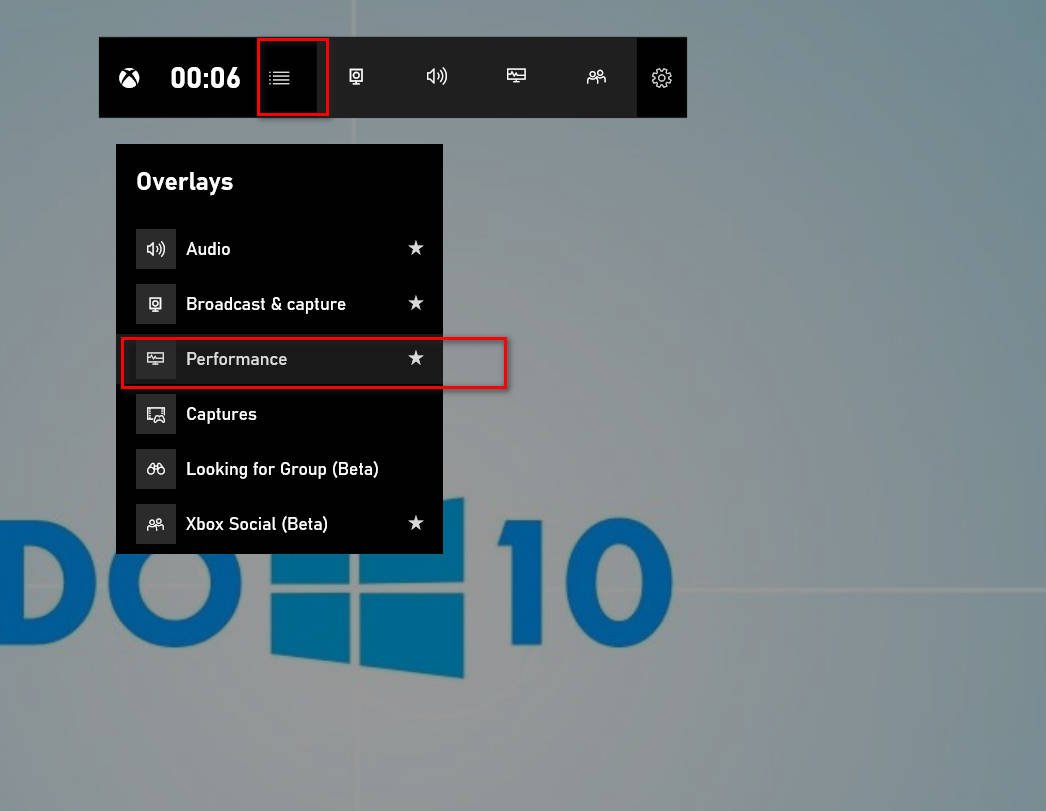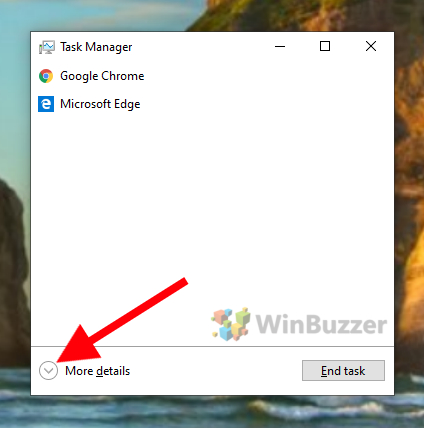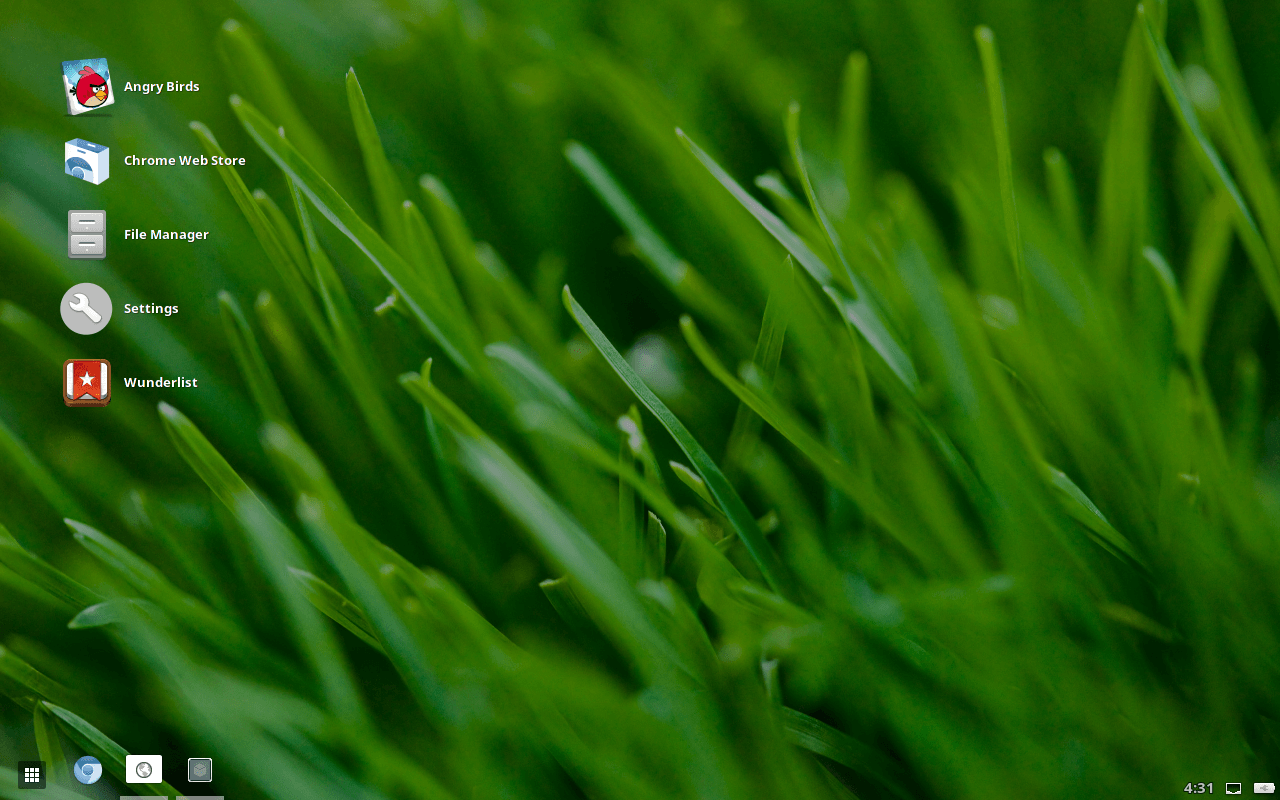How To Clear Ram Usage In Windows 10
Here in this post, we will talk about How to clear memory cache on Windows computers. 5 Ways to Clear Memory Cache on Windows 10/8/7/Vista/XP It is necessary to clear cache the memory to fully utilize your CPU power. Cache memory causes lots of problems by occupying a huge amount of computer RAM (Random Access Memory). Below are some of the most reliable Windows 10 RAM cleaners and boosters for your Windows PC. Piriform CCleaner – Most Trusted RAM Cleaner & Optimizer Software for Windows. First on our list of best RAM cleaners in 2021 is Piriform CCleaner. It is loaded with an array of stunning features and offers great results.
Anyone who regularly works with a computer and has to deal with software which requires a lot of processing power knows how important powerful hardware is. Most people immediately think of the processor or graphics card (especially when the focus is on image and video editing). However, the main memory is also of fundamental importance for the smooth operation of the system and other software. This memory is required by the processor to manage the data of running programs and services or processes. The capacity of the main memory has a decisive influence on how many applications can be loaded simultaneously and how quickly data can be processed.
In principle, the more memory, the better. However, since the costs also play a role and the RAM memory cannot be expanded, many people use a fairly simple trick when the memory reaches its limits - deleting processes that are no longer required from the cache, and creating space for the data that is relevant for your current activities. This increasing your RAM. So all you do is clear the RAM or free it up.
- Free up your RAM – here’s how
What is the function of the main memory?
The main memory, also called RAM memory, is the central storage unit for all data that is required for programs or program parts that are currently running and for all active system processes. This memory, whose data is automatically lost when the computer is switched off, is accessed directly by the processor. If there is not enough memory available to process the relevant data during such an access attempt, the execution of the respective application will not work. The more processes take place simultaneously and the higher the system requirements of the executed programs, the more important a high capacity RAM becomes.

Which factors are vital for an efficient RAM?
The performance of the main memory is affected by the following three factors:
- Access speed: time required for successful access (write or read operation)
- Data transfer rate: a value that indicates the amount of data that can be transferred in a given time
- Memory capacity: available RAM
These three things are essential for the efficiency of the main memory in managing processes to be executed. Capacity is of particular importance, as it sets a strict limit to the storage capacity. For example, if an application requires 2 gigabytes and another 3 gigabytes of memory over a longer time, both cannot run simultaneously if only 4 gigabytes of memory are available. However, when it comes to processing a large number of temporary processes, access speed and data transfer rate come into play. The faster the individual data is processed and then disappears from the main memory, the faster space is freed up from the RAM for new processes.
Why is it a good idea to clear your RAM? And when should you do this?

A slow PC can be frustrating, especially when you need to problem solve and use your computer quickly. An ever decreasing performance of the computer is often connected with straining the RAM. On the one hand, it is already automatically occupied by the operating system and system processes, on the other hand, it gets a bit fuller with every open program. Often it is of little use to close programs again. The latter is due to the fact that all files are rarely deleted from memory when you close an application. In addition, there are programs and processes that are active but not actually needed. For the above reasons, it may be advisable to clear the RAM if your computer shows signs of a significant decrease in performance
Free up your RAM – here’s how
Even if you are unsure whether your computer's memory is actually too full, you can try and free it up anyway. This way you’re only pre-empting an operation that would be performed automatically when you turn off your computer (but save the files you are working on so that your work results are not lost). In general, you have three different options for clearing your RAM manually:
- Empty the working memory via the task manager of your system
- Write a script that releases used memory
- Use an external tool that has a function for emptying RAM memory
The following sections explain what you need to do in detail.
To clear the RAM in Windows 7, 8, and 10 via the task manager
The task manager has long been an established feature in Windows systems. The background service lists running applications, services, and processes and also provides an overview of CPU and memory usage. Opening the Windows service works across all Windows versions by pressing the key combination[Ctrl] +[Shift] +[Esc]. Press these three buttons simultaneously to open the interface. Alternatively, you can also use the Windows search: Simply enter the term “Task Manager” and then click on “View running processes with Task Manager.”
To use the task manager to empty the working memory under Windows 7 and other versions select the “processes” tab:
Now go through the list of active processes and search for those that you do not need – for example, because you have already closed the program. Select the corresponding processes with a left or right click and press “end task” to close them permanently and clean up the working memory piece by piece.
Empty memory via script: the necessary steps

An interesting alternative to memory management via the task manager is to write a script that frees up a specified amount of RAM when it is executed. That sounds like a complex task at first glance – but you don't need any programming experience. A small entry in a simple text document created for this purpose is completely sufficient. To create a script to clear the RAM, proceed as follows:
Create a new text document by right-clicking on your desktop and selecting “new” and “text document” in the pop-up menu:
Open the created document and insert the following line of text:
Then save the file under the desired name. Make sure that ANSI is set as the encoding form if the editor offers an appropriate option. The last step is to replace the default extension .txt with the extension .vbs. Only in this way can Windows determine that the file is a script.
You can now execute the script simply by double-clicking it. The code proposed here automatically releases 32 megabytes of main memory, and this process can be repeated as often as required. Of course you can also adjust the amount and empty 128 megabytes (“Space(128000000)”). However, the value should never exceed half of the built-in memory size – otherwise there is a risk of program errors or even system crashes.
How to clear RAM with external tools
If you want to use an external solution instead of the system-internal possibilities for memory cleaning, this is also possible without problems: there are various programs that were developed especially for this purpose and are mostly freeware. One of the most popular tools of this kind is Wise Memory Optimiser. The program by the developer company WiseCleaner is completely free of charge and available for all current Windows systems. After you install and start Wise Memory Optimizer, you will be taken to the main screen of the application, which displays both the occupied and free memory. With a single click on “Optimize Now” you can use the tool to empty the memory under Windows XP up to 10.
Under the tab “settings” (the gear symbol), you can activate auto-optimization. Use the slider to specify how much should be cleared from the RAM automatically (for example, if less than 1280 MB is free, then the RAM should be optimized).
As an alternative to Wise Memory Optimizer, you can also use the tools RAMRush or Mz RAM Booster to clear your RAM.
Look… If you’re researching for the How To Fix High Memory/RAM Usage In Windows 10 (2019) video, then you’ve discovered the right place. Here’s why – because in this DIY video guide, you’ll learn tips from the best DIY PC tech who can teach you how it’s done…

How To Check Ram On Windows 10
How To Fix High Memory/RAM Usage In Windows 10 (2019)
High Memory/RAM Usage In Windows 10 solutions.
Windows 10 update problems have affected many users. We’ve dedicated to offering workable solutions to fix all Windows 10 issues during update and after update. See below to fix the Windows 10 high CPU or high memory usage issue.
Many Users Got High CPU/Memory/RAM Usage Issue after they perform a Windows 10 Upgrade.
Issues addressed in tutorial:
– How to fix high ram usage windows 10
– Fix high memory usage
Other ways:
https://www.drivereasy.com/knowledge/high-memory-usage-windows-10-solved/
https://answers.microsoft.com/en-us/windows/forum/all/high-ram-usage-in-windows-10/434689d9-ef63-4843-8948-ce7423cc839c
Adjust Ram Usage Windows 10
https://www.drivethelife.com/windows-10/fix-high-ram-cpu-memory-usage-after-windows-10-update.html
How To Clear Ram Usage In Windows 10
Some say:
Many users reported that RAM and CPU usage went up after installing Windows 10. The detailed situations of this Windows 10 high RAM/CPU memory usage issue are like that “I’m having an issue, very high memory usage by System”, “My HP laptop has Windows 10 high memory and CPU usage issue”, “Windows 10 high memory usage”, “playing games on my computer uses almost all 4 GB usage on Windows 10”, “I installed Win 10 but got high RAM usage. It tends go up to 90% without anything substantial open”, “I updated my PC to Windows 10 but during few hours of usage memory builds up again to 70% and if not restarted it further goes to 100% and later on even freezes and crashes”, “Windows 10 running high CPU usage”, “High RAM and CPU usage after Windows 10 upgrade”, “How to fix svchost.exe high CPU usage in Windows 10”
What Causes the Windows 10 High CPU/Memory/RAM Usage
Less RAM of your computer is not the cause. Users having 4GB of RAM have less complaints, while more and more users with 8GB and even 16GB of RAM have experienced high memory usage problems after updating to Windows 10. There are several key reasons why the memory usage runs out after installing Windows 10. Windows 10 memory leak. Windows 10 is experiencing driver incompatibility issues. A faulty or outdated driver can lead to a Memory leak. Windows 10 and the applications you have installed on it needs a few more RAM memory to operate with registry settings can lead to high RAM usage on Windows 10. This Windows 10 high memory memory usage or high RAM usage issue may cause computer crashing, freezing, and running slower and slower. Bad performance. Luckily, there are easy solutions to solve this high CPU/memory/RAM usage issue on Windows 10.
If you found this tip helpful, please share the How To Fix High Memory/RAM Usage In Windows 10 (2019) video on Twitter…
Recommended reading
You can watch these related how to Windows memory videos…
